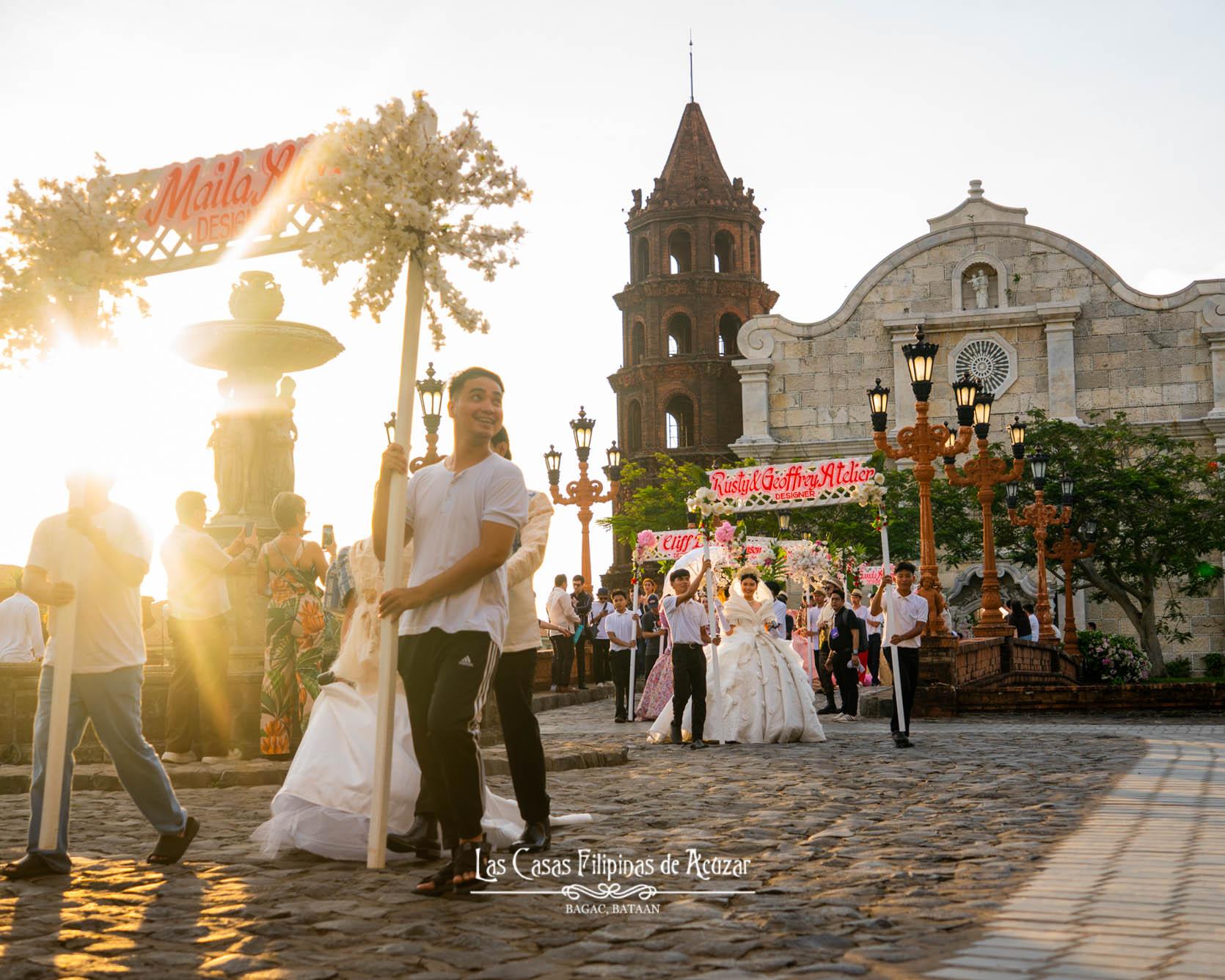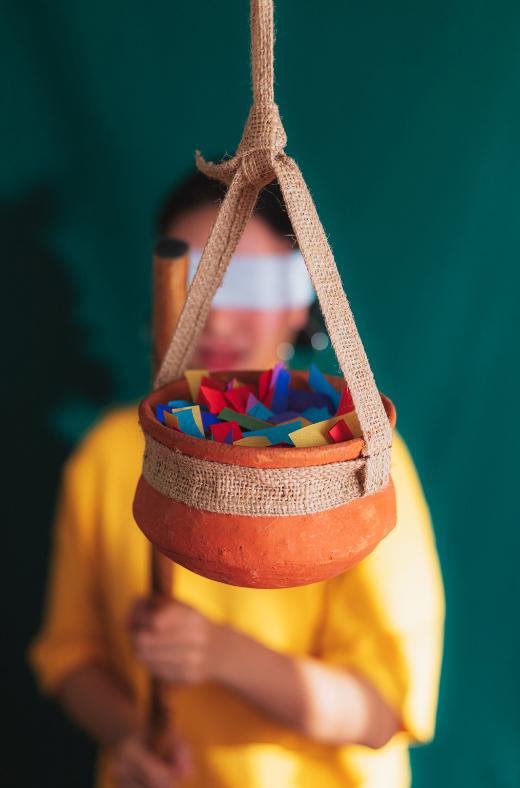Filipino romance is a blend of tradition and modernity, where heartfelt gestures, family values, and evolving courtship customs shape the journey of love across generations.
In Filipino society, love has always been more than just an emotion between two people. It is an intricate dance of respect, family bonds, and heartfelt gestures that make up panliligaw—the traditional Filipino courtship. This cherished practice reflects values deeply rooted in Filipino culture: patience in pursuit, sincerity in intention, and dedication in showing affection. At its core, panliligaw intertwines individual feelings with family and community involvement, shaping relationships that prioritize respect and long-term commitment.
Harana: Serenading the Beloved
The essence of Filipino courtship comes alive through harana, where hopeful suitors express their feelings through song. Accompanied by a guitar and close friends, these musical declarations traditionally took place beneath a beloved’s window, combining romance with respect for family boundaries. While spontaneous serenades have become rare, the tradition lives on through virtual serenades and curated playlists shared with loved ones.
Pagliligawan sa Bahay: Home Courtship
The practice of pagliligawan sa bahay (home courtship) remains fundamental to Filipino romance. Unlike private dates, these home visits allow families to witness the developing relationship. Suitors spend time in the family living room, engaging in conversation not just with their intended but also with parents, siblings, and extended family. This practice ensures transparency and honors the central role of family in relationships.
Pagsisilbi: Acts of Service
Pagsisilbi (acts of service) elevates courtship beyond words through meaningful action. Traditionally, this involved helping with household chores or family businesses. A suitor might assist with farming, carry water from wells, or contribute to family projects. These acts demonstrate both capability and commitment, showing sincerity through tangible support rather than just verbal promises.
Love Letters and Poetry
Love letters and poetry have historically played a significant role in panliligaw. Carefully crafted words allowed emotions to flow in a way that verbal expressions sometimes could not. These handwritten declarations, often treasured as keepsakes, highlighted the Filipino appreciation for thoughtful, deliberate romantic gestures. Today, while digital messages have largely replaced handwritten letters, heartfelt expression remains central to Filipino romance.
From Harana to DMs
Modern technology has transformed how Filipinos initiate and nurture romantic connections. Dating apps now facilitate first meetings that once depended on chance encounters or family introductions. Social media platforms enable constant communication, while video calls allow face-to-face interaction across distances that would have once made courtship impossible.
Digital messages offer immediate expression of feelings and everyday sharing of experiences. Social media posts serve as public declarations of affection, similar to traditional harana but reaching far broader audiences. Yet many couples find ways to blend these modern tools with traditional practices, using technology to enhance rather than replace meaningful courtship rituals.
Family Matters
Family involvement remains central to Filipino courtship despite changing times. Parents often serve as advisors and guardians of traditional values, helping young people navigate between modern dating practices and cultural expectations. Their approval, often sought through pagmamano (a gesture of respect where children press their forehead to an elder’s hand), carries significant weight, reflecting the belief that successful relationships require family harmony.
Pamanhikan, the formal family meeting to discuss marriage plans, continues to mark the transition from courtship to engagement. This tradition acknowledges that marriage unites not just two individuals but entire families. Even couples who meet through modern means often honor this practice, recognizing its role in building strong family foundations.

Mind the Gap
The generational divide in Filipino dating often creates a delicate balance between respect and independence. Parents who grew up with strict pagliligawan sa bahay traditions often struggle with their children’s more flexible approach to dating.
Traditional parents are learning to accept video calls as virtual pagliligawan, while their children make extra effort to include family in their relationships despite busy schedules. Many young Filipinos report feeling torn between honoring their parents’ expectations and navigating modern realities.
Yet some parents are adapting, recognizing that digital platforms can lead to meaningful relationships when coupled with traditional values.
Modern Challenges: Keeping Panliligaw Alive
Today’s couples face unique obstacles in maintaining traditional courtship practices. Long-distance relationships, increasingly common in a globalized workforce, transform how pagsisilbi is expressed. Instead of physical help around the house, modern suitors might send care packages to their beloved’s family or arrange food delivery for family gatherings they cannot attend.
Social media adds another layer of complexity. Public displays of affection, once limited to chaperoned interactions, now play out on Instagram and Facebook. Many couples struggle to balance privacy with the Filipino value of community involvement in relationships.
Career priorities also challenge traditional courtship timelines. With both partners often pursuing professional growth, the extended courtship period typical of panliligaw may stretch even longer. Some couples find creative ways to blend career and courtship, like turning business trips into opportunities to meet each other’s extended families across provinces.
Looking Forward, Looking Back
Despite modernization’s swift pace, traditional Filipino courtship retains its cultural significance. Many young Filipinos still seek relationships grounded in meaningful gestures and respectful practices. These traditions offer a framework for developing connections that go beyond surface attraction to build lasting bonds.
As society evolves, the spirit of Filipino courtship adapts while maintaining its core values. In a world of instant connections, these traditions remind us that true love deserves time, effort, and thoughtful expression. The art of panliligaw shows how cultural heritage can enrich modern romance, offering timeless wisdom for building relationships that last.






